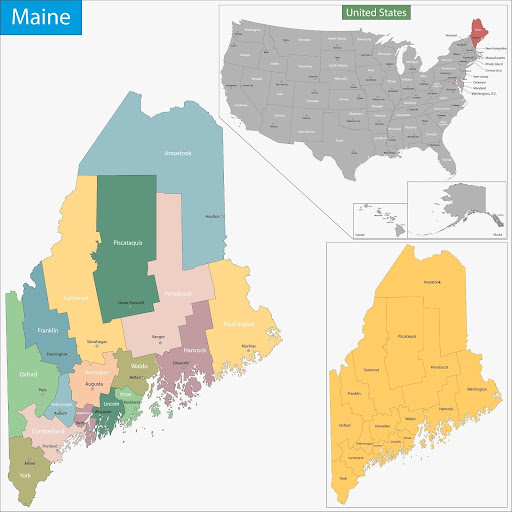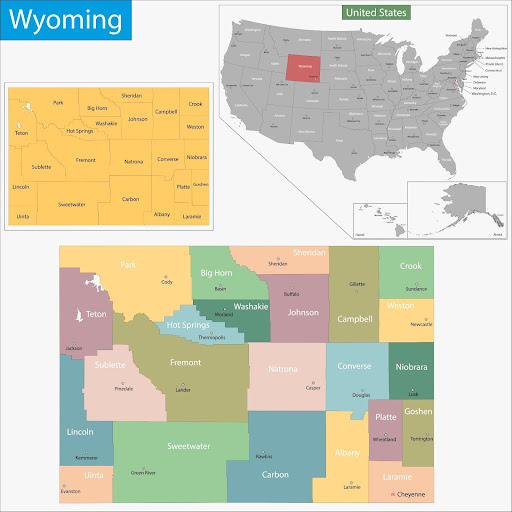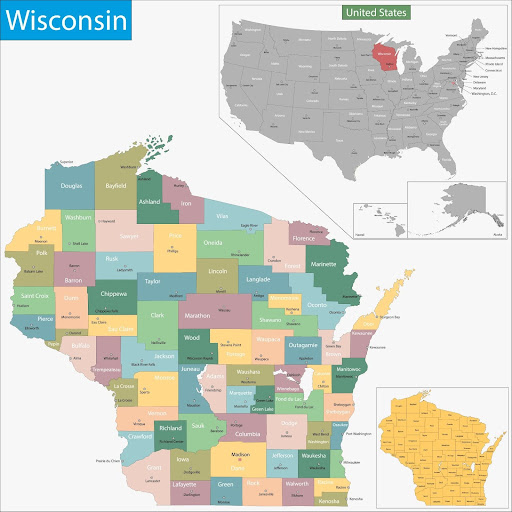Table of Contents
Maine has millions of acres of dense forest, vast stretches of unpaved logging roads, and a rural population that relies heavily on outdoor burning for waste disposal. That’s a recipe for fast starts and remote ignition sources, especially in spring when fuels are dry and the snow’s gone.
For fire investigators, Maine presents a unique challenge: high-risk burn windows, overlapping land ownership, limited access, and seasonal tourism pressures. This guide is designed to give you the full picture of wildland fire resources in Maine, what to expect, who to call, and how to get the job done effectively.
Find what you need in our wildland firefighting resources center.
Live Incident Updates & Maps
Stay on top of fire conditions and incident reports in Maine with this live tool:
State Overview
Maine is heavily forested, with more than 90% of the state covered in trees. That makes it the most forested state in the U.S. With remote campgrounds, seasonal cabins, and a working timber industry, fires here often start in hard-to-reach areas and go undetected for hours.
- Northern & Western Maine: Remote forestlands, logging operations, and seasonal recreation areas mean delayed detection and long response times. Dry duff and spruce-fir fuels can sustain smoldering fires beneath the surface.
- Central Maine: Mix of WUI zones and private woodlots. Escaped debris burns are a major ignition source here.
- Southern & Coastal Maine: Lower fuel loads, but higher population density and more recreational activity increase ignition potential, especially during dry spells.
Many wildfires in Maine are small in acreage but require large coordination due to terrain, visibility, and access barriers. Investigators often rely on aerial spotting, local intel, and quick mobilization of Forest Rangers.
Wildfire Season Timeline
While Maine’s wildfire season is relatively short, it’s intense. Investigators should pay close attention to the following periods:
- Spring (Late March–Mid June): Peak fire season. Snowmelt exposes dry grass and leaf litter before green-up begins. Windy, low-humidity days make escaped burns common.
- Summer (July–August): Fire activity dips, but lightning strikes and campfires are common sources, especially in dry years.
- Fall (October–Early November): A smaller secondary season driven by leaf fall, dry duff, and wind.
Fire danger ratings are issued daily during the season and are critical for planning investigations and understanding potential spread conditions.
Key State Agencies Involved
Local Wildland Firefighting Resources
Much of Maine’s initial attack capacity lies with local agencies, especially in rural counties. Below is a quick look at the resources locally available in the state.
List of Local/State/Federal Fire Response Agencies
Contact Numbers and Emergency Links
- To Report a Wildfire: Dial 911
- Maine Forest Service Dispatch: (207) 624-3700 | maine.gov
- Daily Fire Danger Reports: maine.gov
- Maine Burn Permit Portal: burnpermit.maine.gov
Training & Volunteering
Maine has robust and NWCG-compliant wildland fire training options, with multiple regional academies and seasonal opportunities.
NWCG-Approved Academies and Centers
Volunteer and Seasonal Training Opportunities
Stay Informed on Maine’s Wildland Fire Landscape
In Maine, the fire can move fast, and the evidence can vanish even faster. As an investigator, your best tools are early mobilization, daily weather awareness, and tight communication with MFS dispatch and local departments.
Stay ahead of the season by:
- Monitoring daily fire danger levels from MFS
- Attending spring briefings and refresher courses
- Connecting with MFS Rangers in your area
- Tracking regional drought indicators and Red Flag warnings
In a state where trees outnumber people 100 to 1, every fire is a needle in a haystack.
FAQs
How do I report a wildfire in Maine?
Dial 911 or contact the MFS regional office if known. Provide GPS coordinates or visible landmarks.
Can I burn brush or debris legally?
Yes, but a valid online burn permit is required. Permits are issued daily based on local fire danger.
Who investigates wildfires in Maine?
Forest Rangers with the Maine Forest Service lead investigations on most state and private forest lands. Municipal departments may lead in town-managed areas.
How do I become certified for wildfire work in Maine?
Attend MFS or NFFPC NWCG-certified courses. Red card qualifications are required for line work and investigation deployment.










